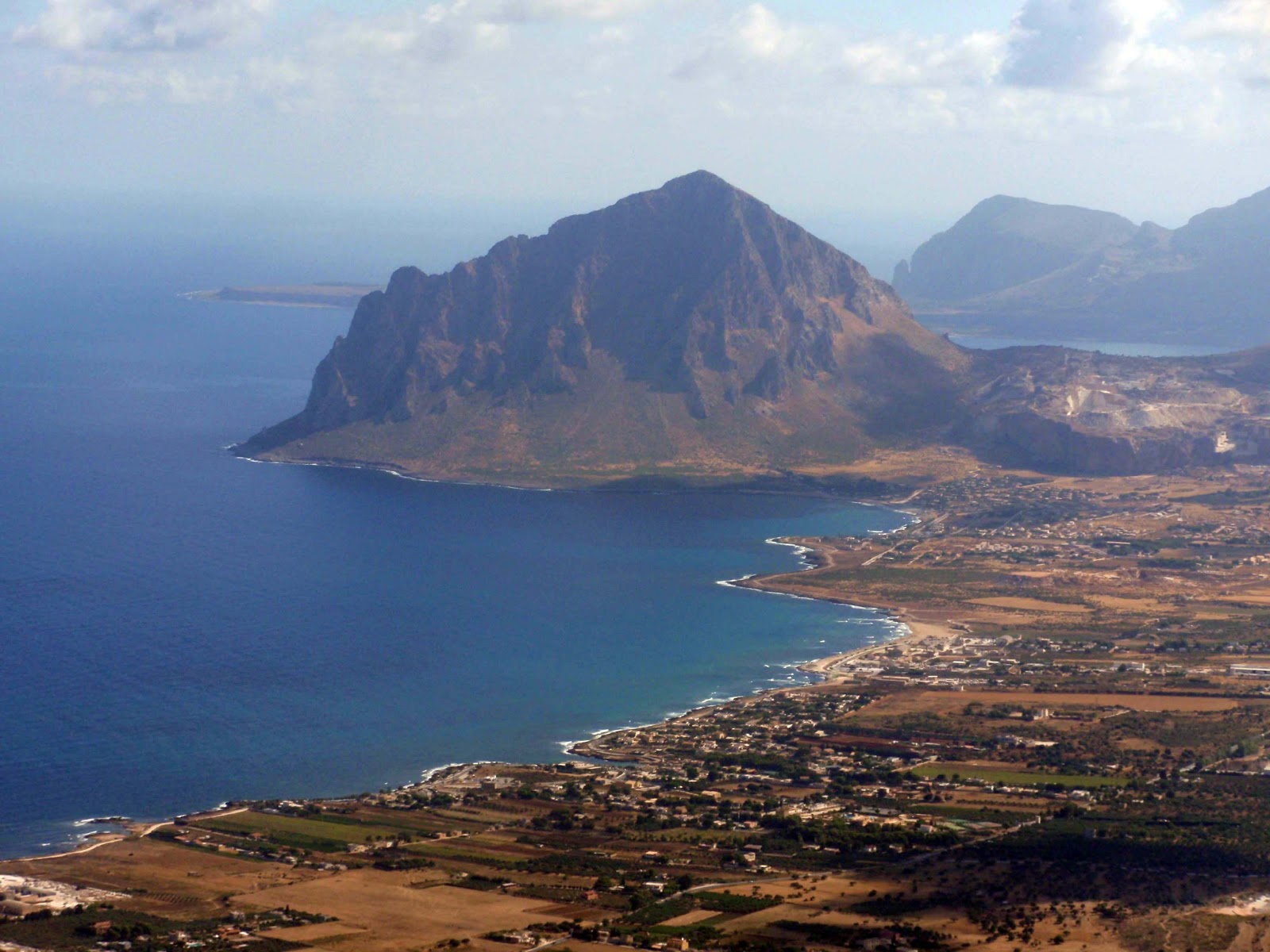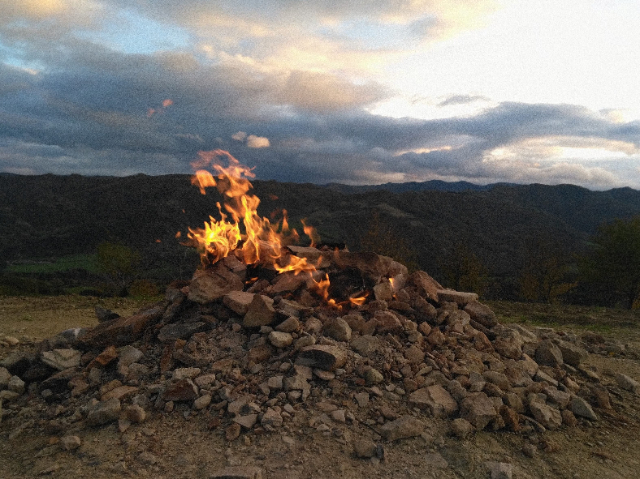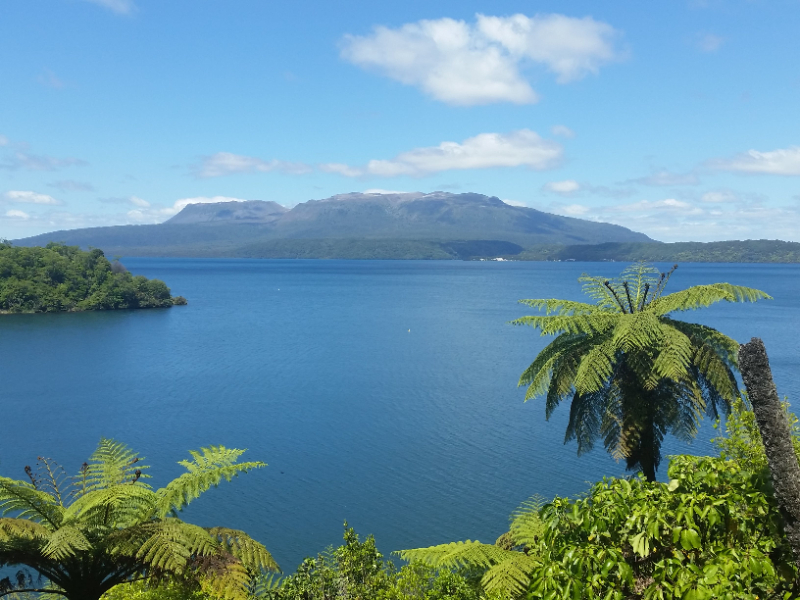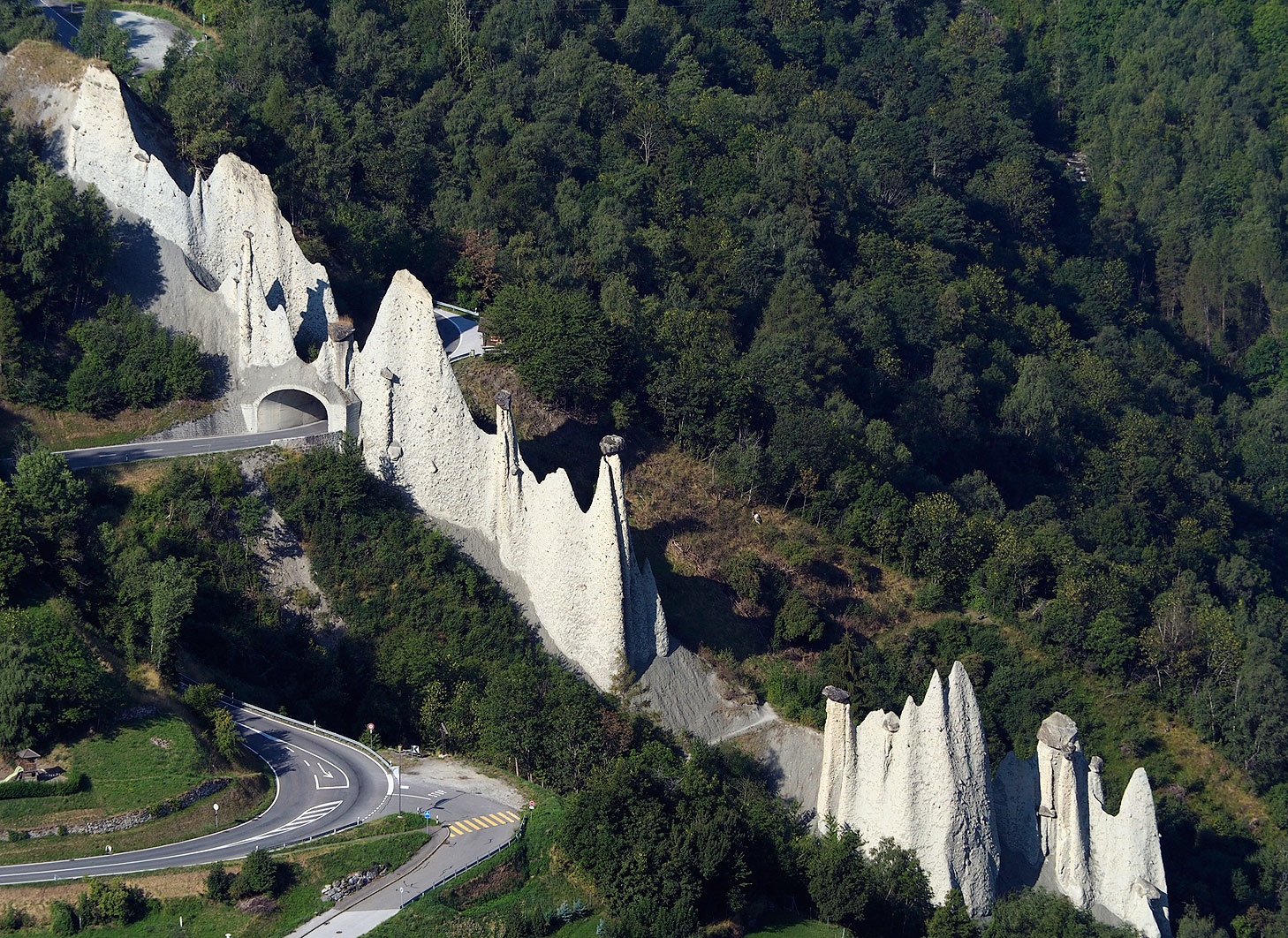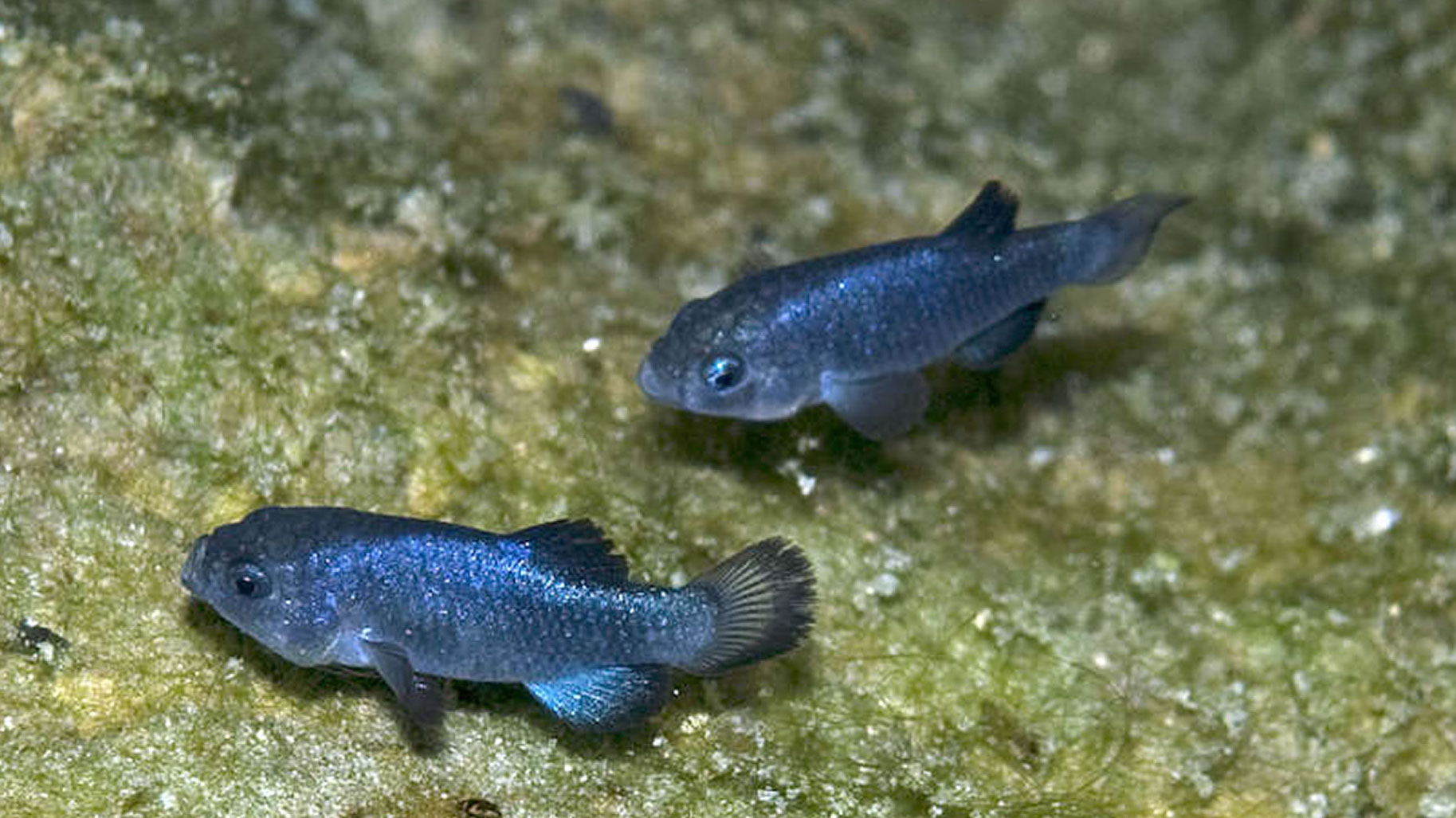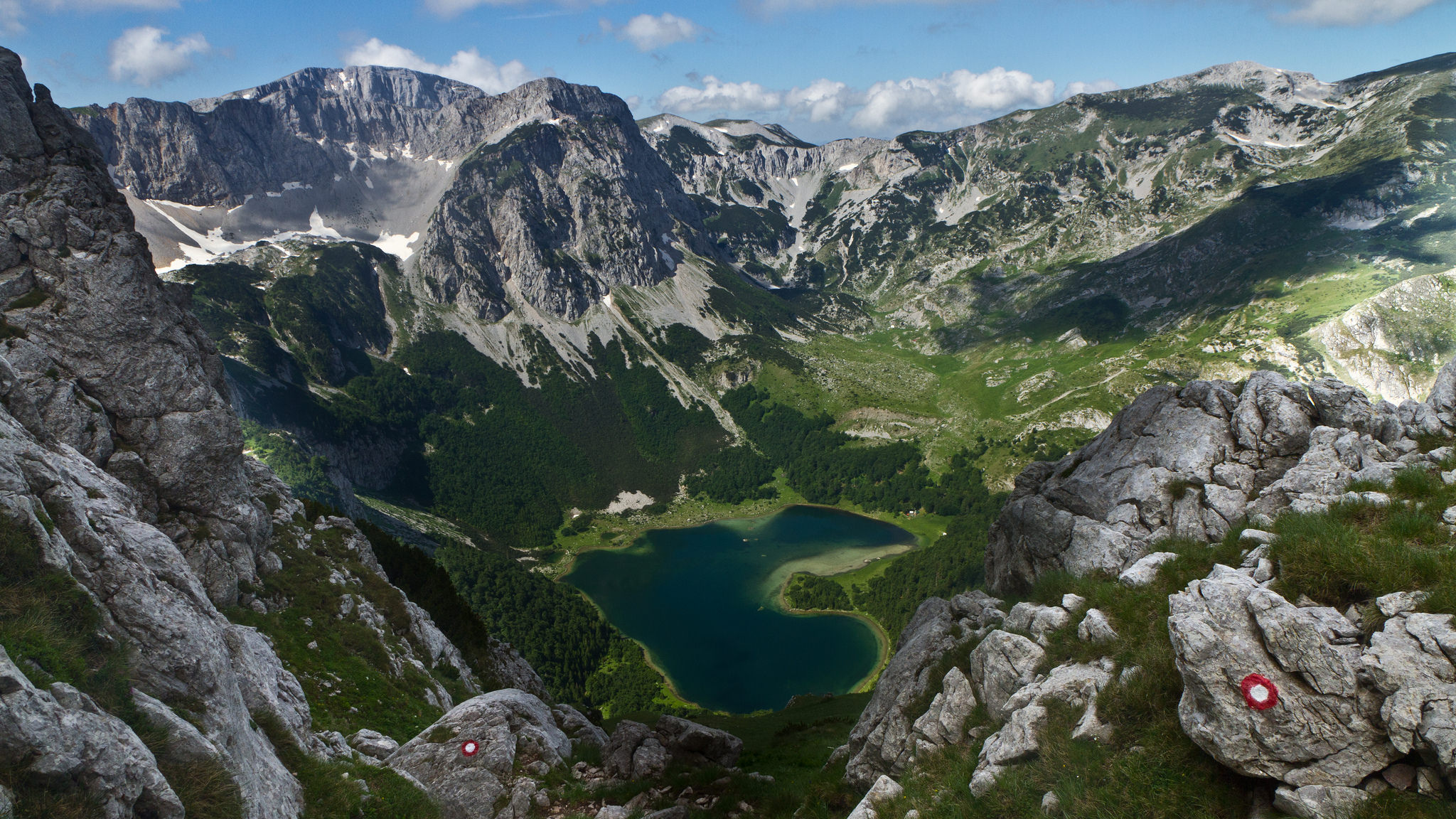Pelmo ([Sass de] Pelf in Ladino, Pelego in Cadore[no source]) is a mountain in the Zoldo Dolomites (province of Belluno) that reaches 3,168 m above sea level.
The mountain is very peculiar because it is divided into two main massifs that are the Pelmo proper, in the center, and the Pelmetto (2,990 m), to the west. Between them is the Fessura, a gully that culminates in a narrow fork (2,726 m).
Another characteristic of the mountain is the presence of the Valón (whose upper part is called Vant), a wide glacial cirque open to the southeast and clearly visible from the Boite valley. It gives the mountain the shape of an enormous seat, with the summit crest acting as a backrest and the so-called South Shoulder (3,061 m) and East Shoulder (3,024 m) as armrests, so as to be nicknamed el Caregón de ‘l Padreterno ("the Throne of the Father") or Attila’s Throne.
The northern side is much more articulated, made up of the Crode di Forca Rossa (2,737 m) which continue northward with the Cime di val d’Arcia (2,626 m). Between these peaks and Pelmo itself, there is a gully called val d’Arcia, in which there is a snowfield of the same name.
Mount Pelmo is also known from a paleontological point of view: at the foot of Mount Pelmetto, at an altitude of 2,050 m, not far from the Staulanza refuge, a rock with dinosaur footprints was found by the researcher Vittorino Cazzetta of Pescul. A cast of the boulder with the tracks can be seen in the civic museum of Selva di Cadore named after Cazzetta and in the same museum it is also possible to see the skeleton of a Mesolithic hunter, discovered by Cazzetta himself on the Mondeval alp, between the Pelmo and the Lastoi de Formin.
At its base there are three alpine refuges: the Venezia-Alba Maria De Luca refuge (1,947 m, to the east), the Città di Fiume refuge (1,918 m, to the northwest) and the Passo Staulanza refuge (1,766 m, to the west).


